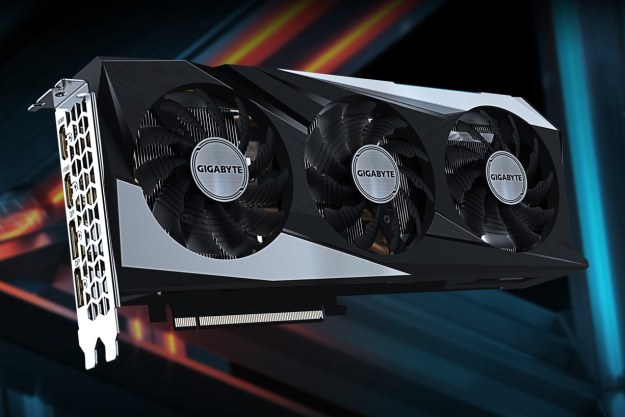
Version 16.5.2 is headlined by the addition of support for the hotly anticipated Doom reboot that’s set to release today. It also features a new AMD Crossfire profile intended to help players get the best performance possible while gunning down enemies in Battleborn, which launched earlier this month.
Several other games will see major improvements once the update has been applied. The recently released Hitman reboot is one such title, which sometimes suffered from a problem where character models and environments would be rendered too dark while using AMD Crossfire technology mode — this has now been fixed.
Crossfire technology mode also caused some graphical errors for League of Legends players, which should be cleared up thanks to this update. Meanwhile, an issue with corrupted textures during the Survival on Hoth mission from Star Wars Battlefront has also been taken care of.
There are also several more minor adjustments made to the software’s UI and functionality, largely concerned with refining the Radeon Settings utility.
AMD Radeon Software Crimson Edition was introduced last year as a replacement for the company’s Catalyst Control Center. Its many performance and usability improvements have been warmly received by users in the six months since the launch of its first iteration.
Users with a compatible AMD graphics card can head to the company’s website for a full rundown of the contents of Radeon Software Crimson Edition 16.5.2, as well as driver download links and complete install instructions.
Editors' Recommendations
- AMD’s next version of FSR promises better visuals and support for Xbox
- AMD’s new CPUs let you play Cyberpunk without a graphics card
- AMD might have a new graphics card next month, too
- AMD retracts its new gaming feature after it was getting players banned
- AMD’s new CPUs decisively end the high-performance battle with Intel



